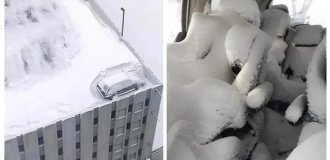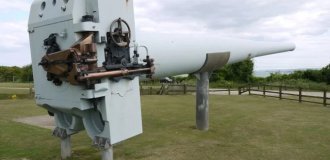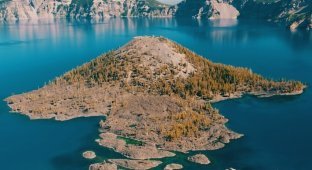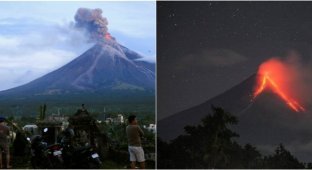Impressive footage of the collapse of the volcano crater in Iceland (5 photos + 1 video)
On the Reykjanes Peninsula, the youngest erupted Iceland volcano. Now he throws out lava "shells" with such force, that the northern and eastern walls of the crater have already collapsed. 
Iceland's newest volcano erupted in early July
Iceland's youngest volcano formed two weeks ago after an underground eruption that led to the formation of a crack on land 2.7 km long. This was preceded by seismic activity - more than 7,000 tremors in the region.
According to a research group from the University of Iceland, tectonic activity slowed down for about a week after eruptions, but three days ago it became active again.
The crater filled with lava to the brim and began to eject "shells" far beyond their limits. A few hours later formed gap from which lava began to seep, which eventually led to partial collapse of the crater walls.
According to the Icelandic Meteorological Office, there is no danger to the infrastructure, since the immediate surroundings volcanoes are uninhabited. However, residents of Reykjanes were advised to stay at home and sleep with the windows closed due to the danger of toxic gases.
The eruption is classified as a fissure eruption, which is usually not leads to large explosions or the release of significant amounts of ash into stratosphere. According to scientists, the temperature of the lava was about 1200°C. 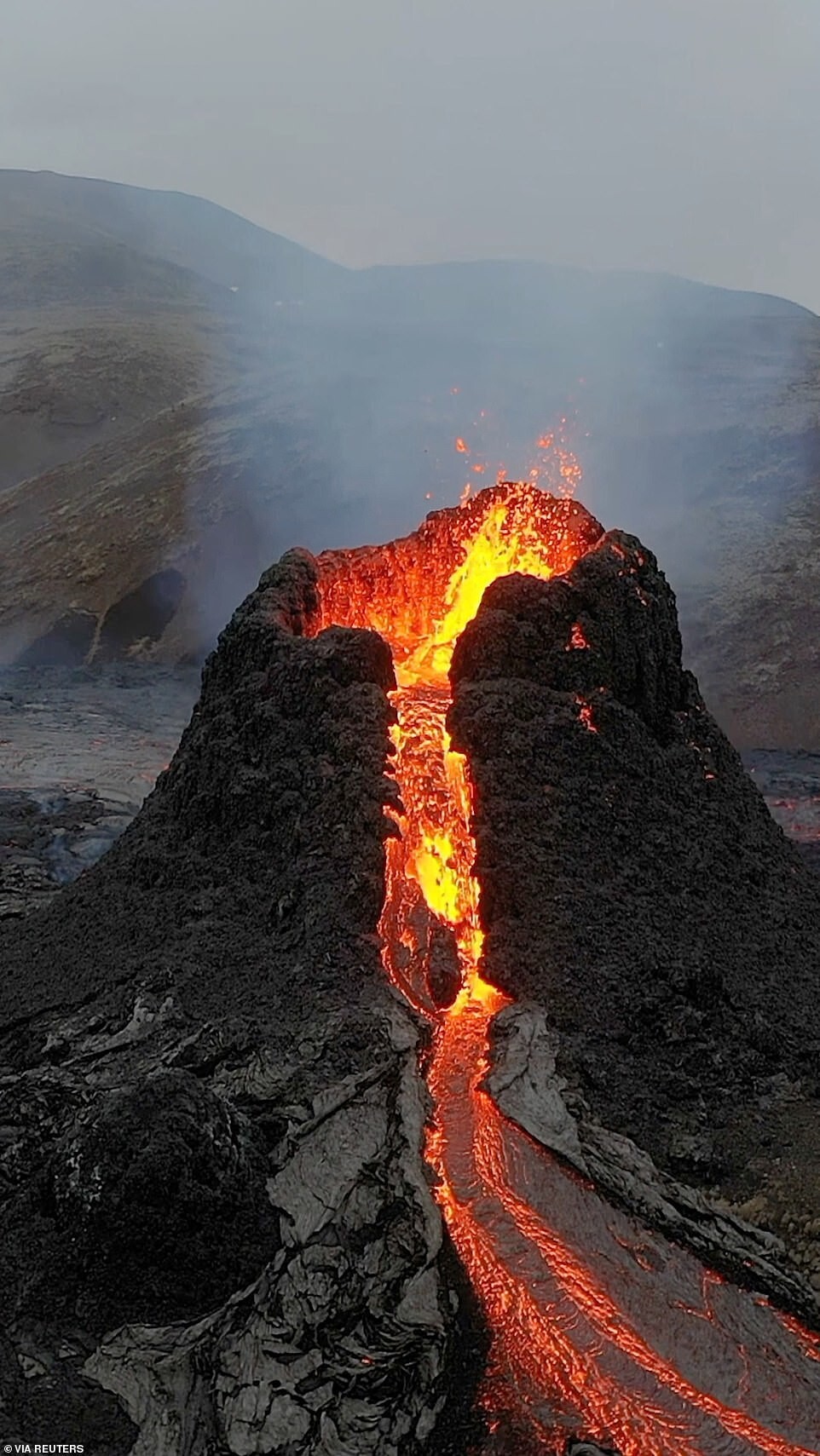
The temperature of the lava was about 1200 degrees Celsius
"The crater became unstable and collapsed," Ingibjerg said. Jonsdottir, assistant professor of geography at the University of Iceland.
Scientists will continue monitoring the volcano as further lava flows could start wildfires and deterioration in air quality. Authorities have warned of the presence of toxic gas and urged tourists to avoid the area. 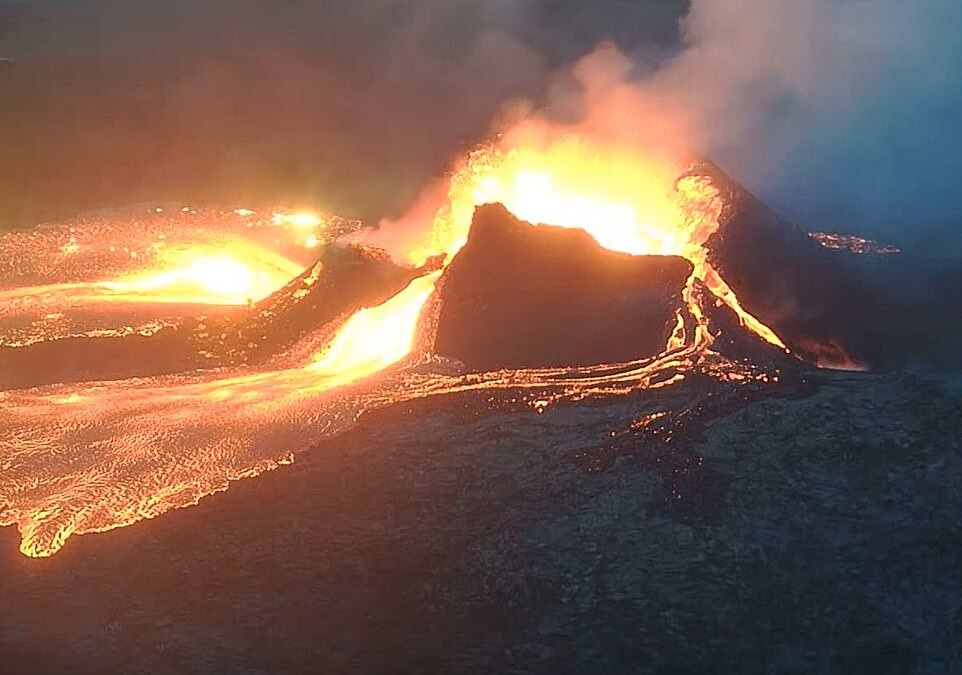
Authorities warned of the presence of toxic gas and urged tourists to avoid the area 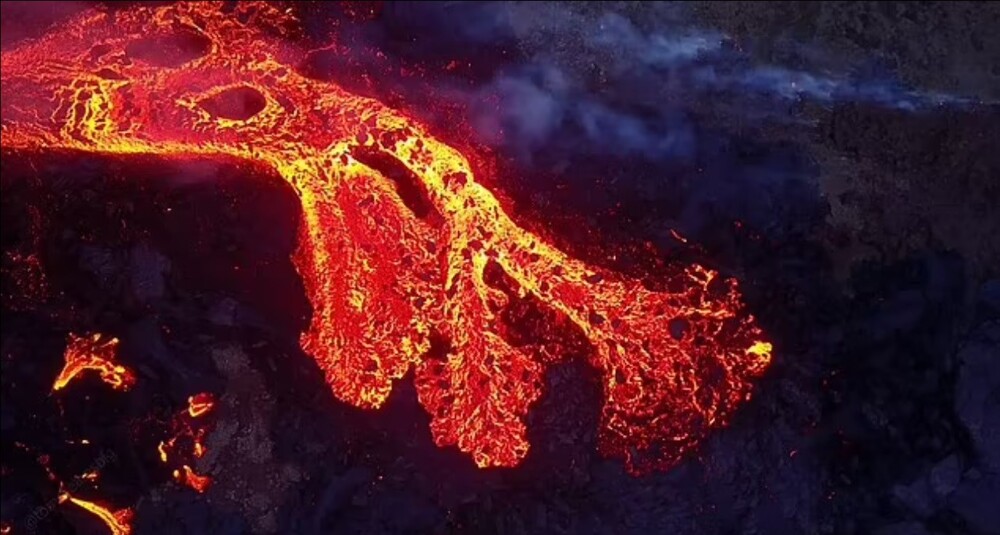
Further lava flows could spark wildfires and degrade air quality
Over the past two years, the Fagradalsfjall volcano in the center Reykjanes peninsula erupted twice without causing damage or disruption to air traffic, despite the fact that it is located near Keflavik Airport. 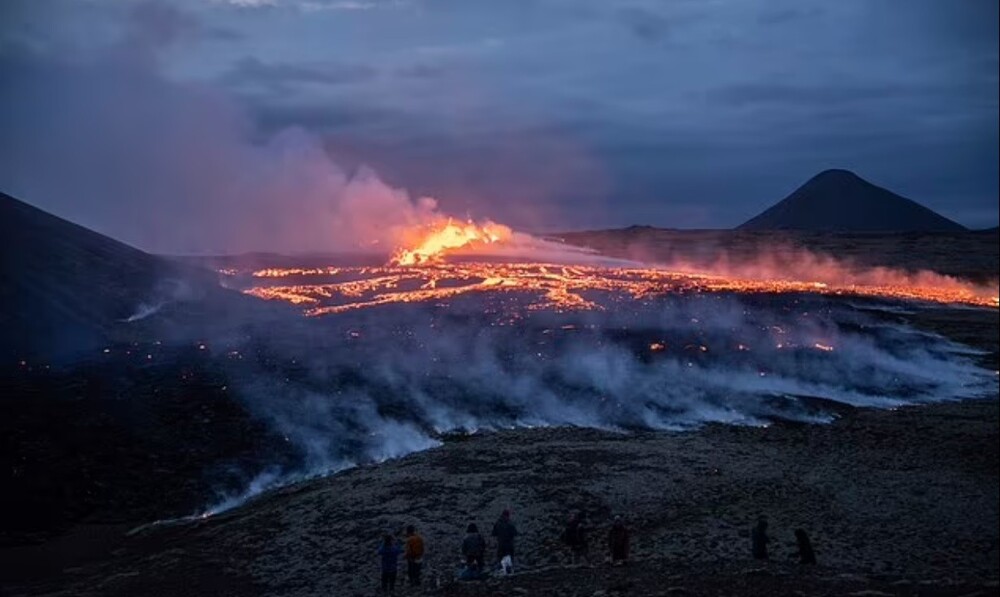
Iceland erupts every four to five years.
The most devastating recent eruption was Eyjafjallajokull volcano in 2010, which ejected into the atmosphere huge clouds of ash, which led to the closure of the airspace over Europe for a few days.



